Tips For Pruning Thyme Plants For Best Growth
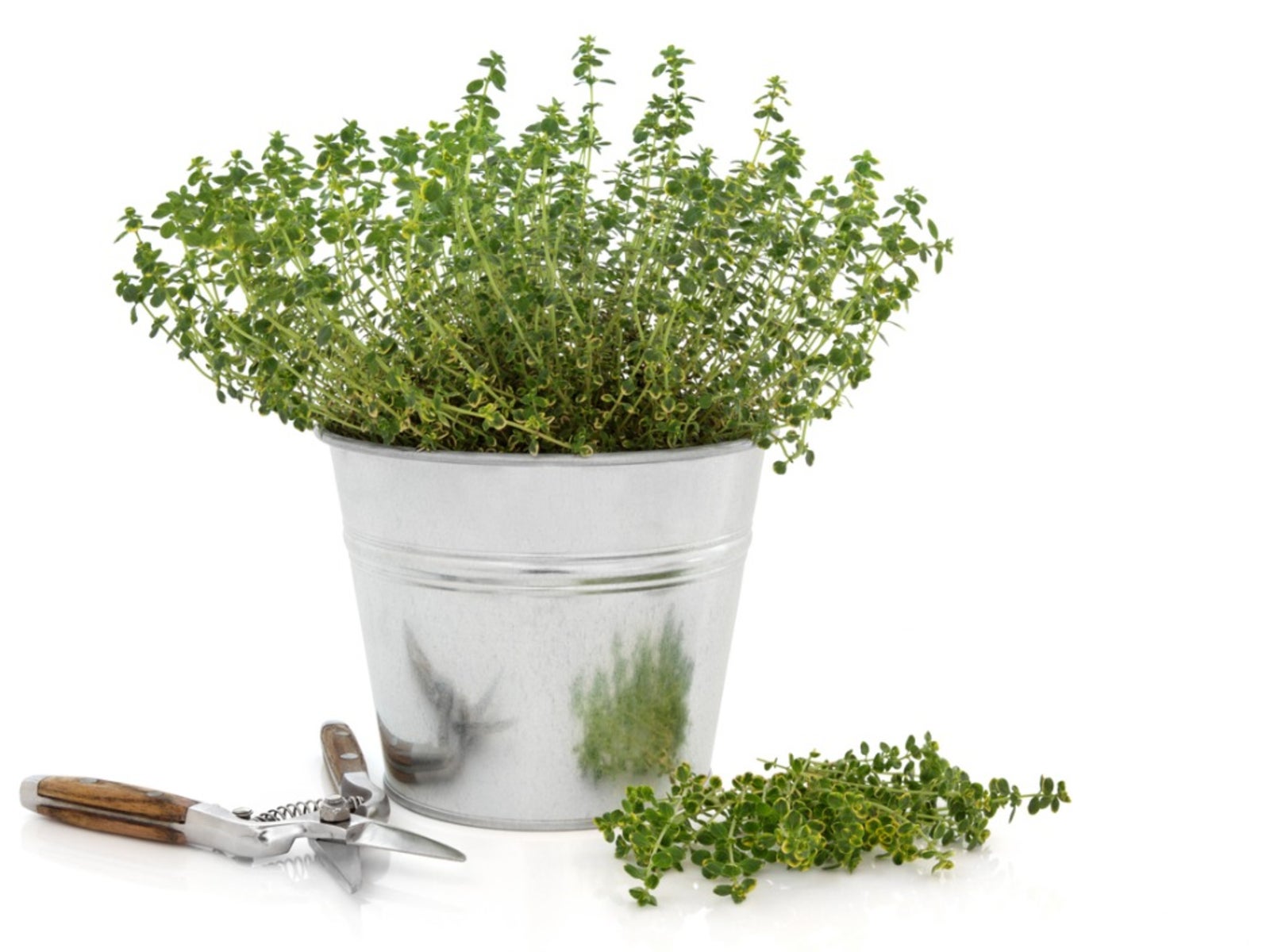

Thyme plants, like most woody herbs, do best when they are pruned regularly. Taking the time to trim thyme not only creates a nicer looking plant, but also helps improve the amount you can harvest from the plant. Keep reading to learn how to cut thyme so that it grows best for you.
When to Prune Thyme Plants
The right time to trim thyme will depend on the kind of pruning you plan on performing on the plant. There are four ways of pruning thyme plants and they are:
- Hard Rejuvenation - Late fall after first frost
- Light Rejuvenation - After blooming in the summer
- Shaping - During spring
- Harvesting - Anytime during active growth (spring and summer)
Let's look at why and how to prune thyme in these different ways.
How to Prune Thyme
Pruning Thyme for Hard Rejuvenation
In most cases, thyme plants don't need hard rejuvenation pruning because they are normally harvested on a regular basis and harvesting prevents the thyme plant from becoming too woody.
Sometimes, a neglected thyme plant may need to be pruned back hard to remove woody growth and encourage tender, usable growth. Hard rejuvenation pruning normally take a few years to complete. In late fall, after the first frost, select one-third of the oldest and woodiest stems on your thyme plant. Using sharp, clean shears, cut these stems back by half.
Repeat the process the next year until your thyme plant has returned to growing younger, more tender stems all over the plant.
Pruning Thyme for Light Rejuvenation
When you trim thyme for light rejuvenation, you are basically ensuring that your thyme plant doesn't become too woody in the future.
Gardening tips, videos, info and more delivered right to your inbox!
Sign up for the Gardening Know How newsletter today and receive a free copy of our e-book "How to Grow Delicious Tomatoes".
In late summer, after the thyme plant has flowered, select the one-third oldest stems on the plant. Using sharp, clean shears, cut these back by two-third. This should be done yearly for the best health of the plant.
Pruning Thyme for Shaping
All thyme, whether it is upright thyme or creeping thyme, tends to get a little wild looking if not shaped regularly. If you're okay with your thyme getting a bit wild looking, you don't need to cut your thyme to shape it.
But, if you want a thyme plant that is a little more formal, you'll want to shape your thyme plant yearly. In the spring, after new growth has started to appear, take a moment to picture how you would like your thyme plant to look. Keeping that shape in mind, use a sharp, clean pair of shears to trim the thyme plant in that shape.
Don't cut the thyme plant back more than one-third when shaping. If you need to cut back your thyme plant by more than one-third in order to achieve the shape that you would like, only do a one-third cut back each year until the desired shape of the thyme plant is achieved.
Cutting Thyme for Harvesting
Thyme can be cut at any time during the spring and summer to harvest. It is best though to stop harvesting thyme about three to four weeks before the first frost. This will allow the more tender stems on the thyme plant to harden off some before the cold comes and will make it so you have less dieback on the thyme plant over the winter.

Heather Rhoades founded Gardening Know How in 2007. She holds degrees from Cleveland State University and Northern Kentucky University. She is an avid gardener with a passion for community, and is a recipient of the Master Gardeners of Ohio Lifetime Achievement Award.
-
 Looking For Plants To Give You The Soft And Fuzzies? Try These 5 Fuzzy Leaf Plant Options
Looking For Plants To Give You The Soft And Fuzzies? Try These 5 Fuzzy Leaf Plant OptionsLovers of texture, drama, silver foliage and tactile plants will adore these special sensory garden additions. These fuzzy leaf plant options will leave you all aglow
By Susan Albert
-
 Get Ready For A Summer Of Hummers! Grow These Full Sun Hummingbird Plants and Flowers
Get Ready For A Summer Of Hummers! Grow These Full Sun Hummingbird Plants and FlowersIf you’re lucky enough to enjoy a sunny backyard, make sure you are maxing out on your pollinator opportunities and grow these full sun hummingbird plants and flowers
By Tonya Barnett
-
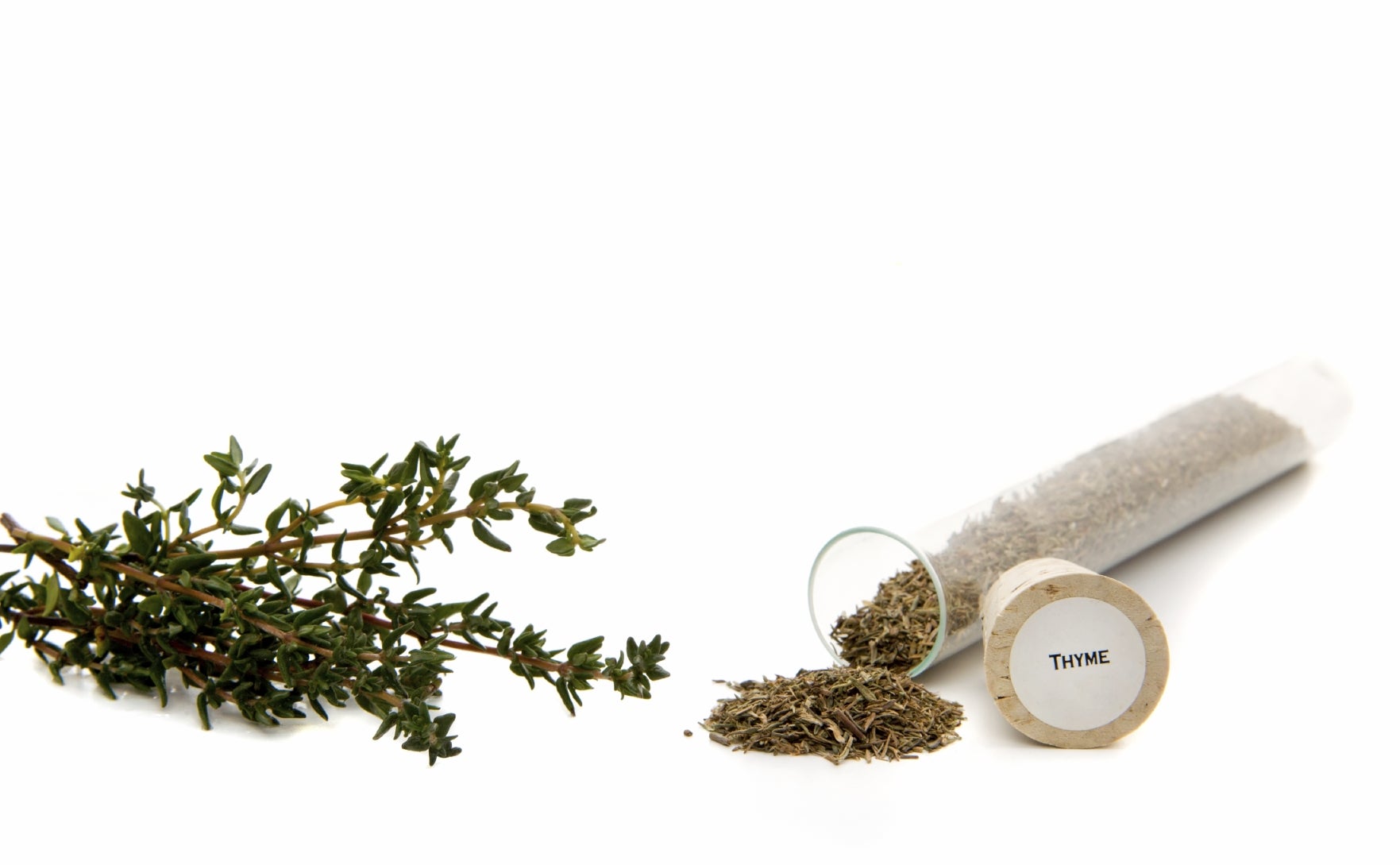 Propagating Thyme Plants: Thyme Seed Planting And Rooting Thyme Plants
Propagating Thyme Plants: Thyme Seed Planting And Rooting Thyme PlantsThyme is an herb steeped in history with a wide range of uses, not the least of which is culinary. With such a plethora of applications, it is a "must have" for the herb garden. So then, how to propagate thyme you ask? Find out here.
By Amy Grant
-
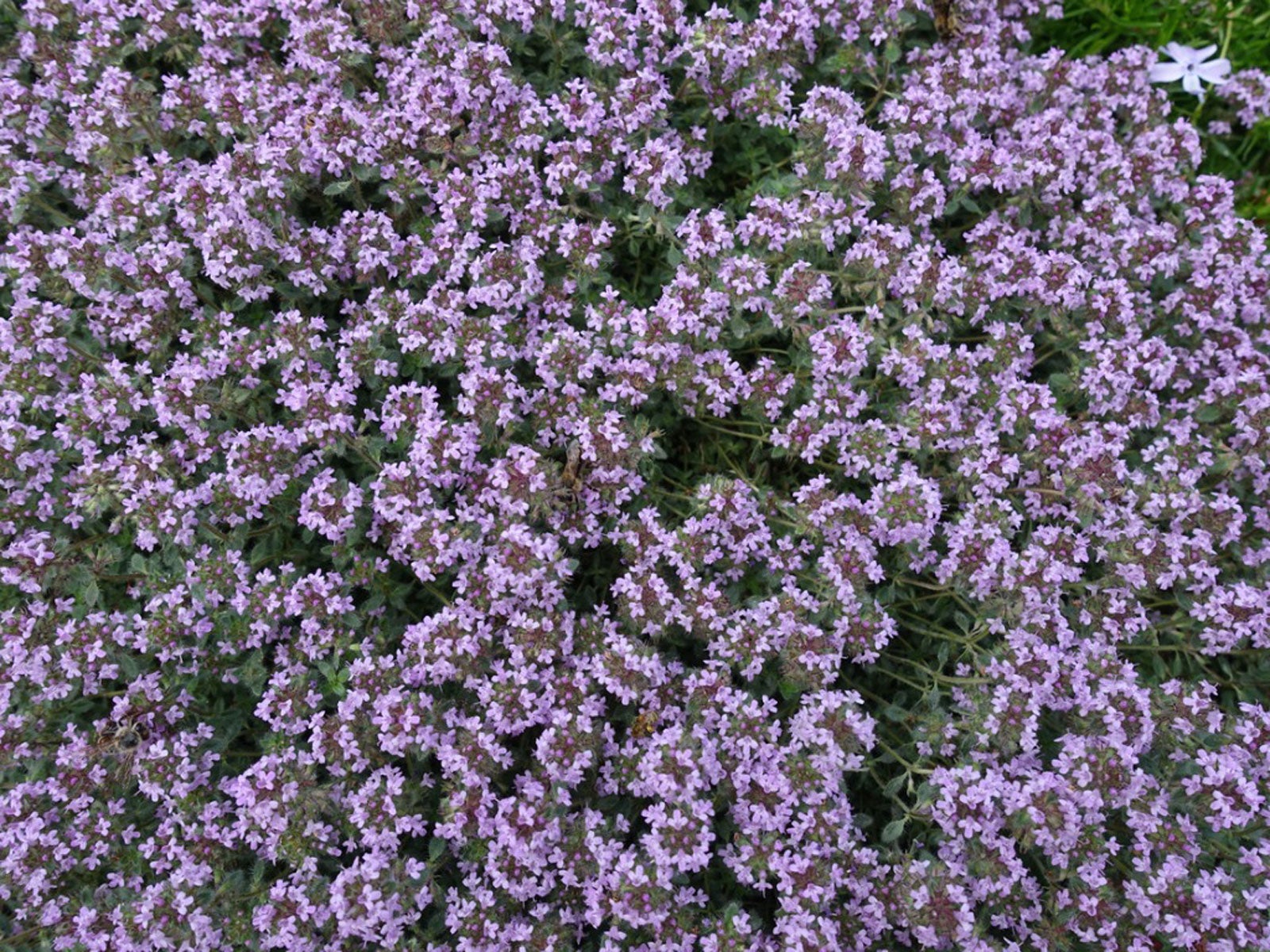 Growing Woolly Thyme: Information On Woolly Thyme Ground Cover
Growing Woolly Thyme: Information On Woolly Thyme Ground CoverThere are plants you just want to touch and woolly thyme plants are just one of them. Growing and caring for this herb plant is easy. Read this article for information on how to grow woolly thyme.
By Bonnie L. Grant
-
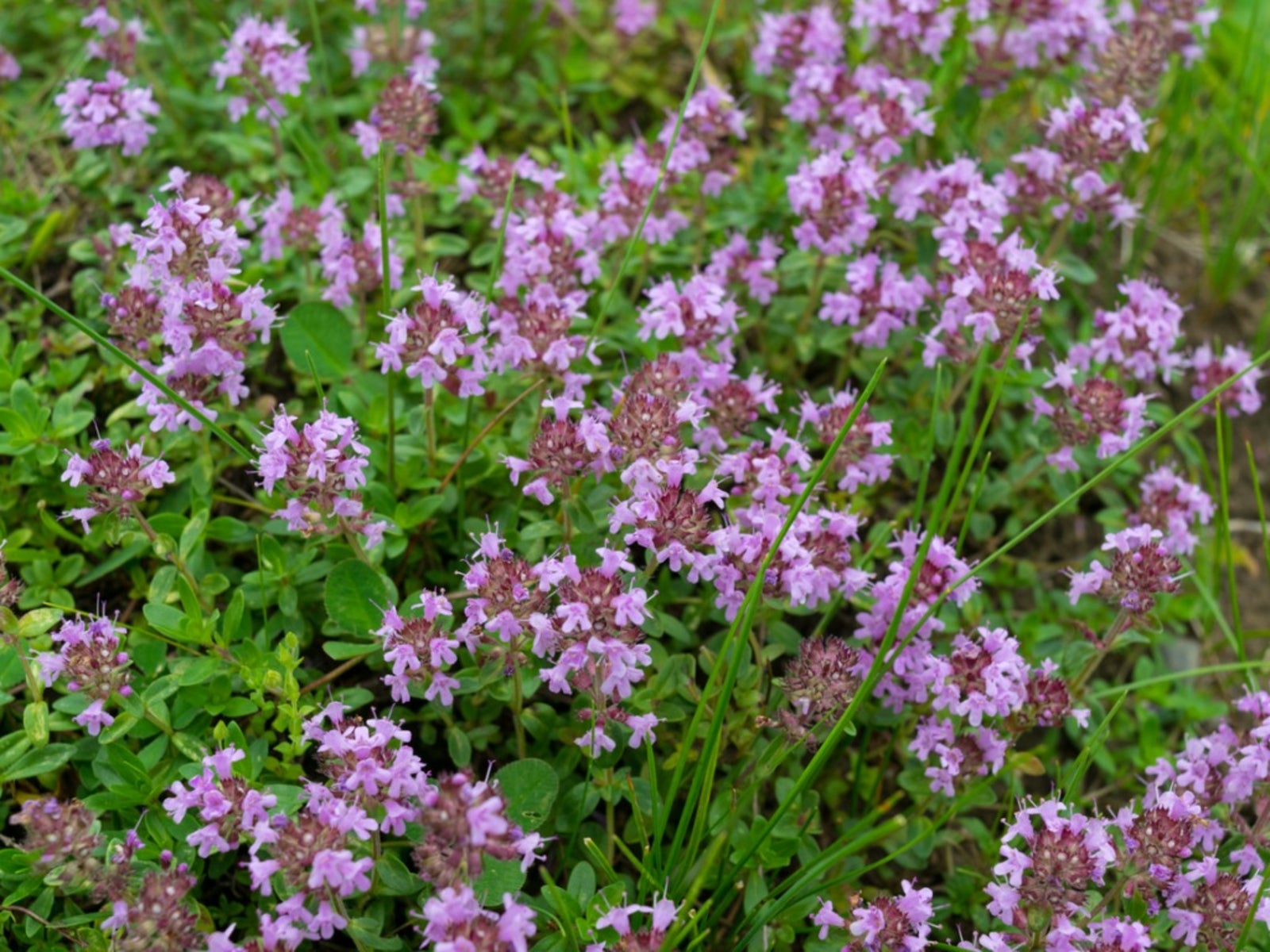 What Is Elfin Thyme: Information On Elfin Creeping Thyme Plant
What Is Elfin Thyme: Information On Elfin Creeping Thyme PlantElfin creeping thyme plant is as cherubic as its name implies with small glossy, green aromatic leaves and teeny weensy purple or pink blossoms. Read here for information on elfin thyme care.
By Amy Grant
-
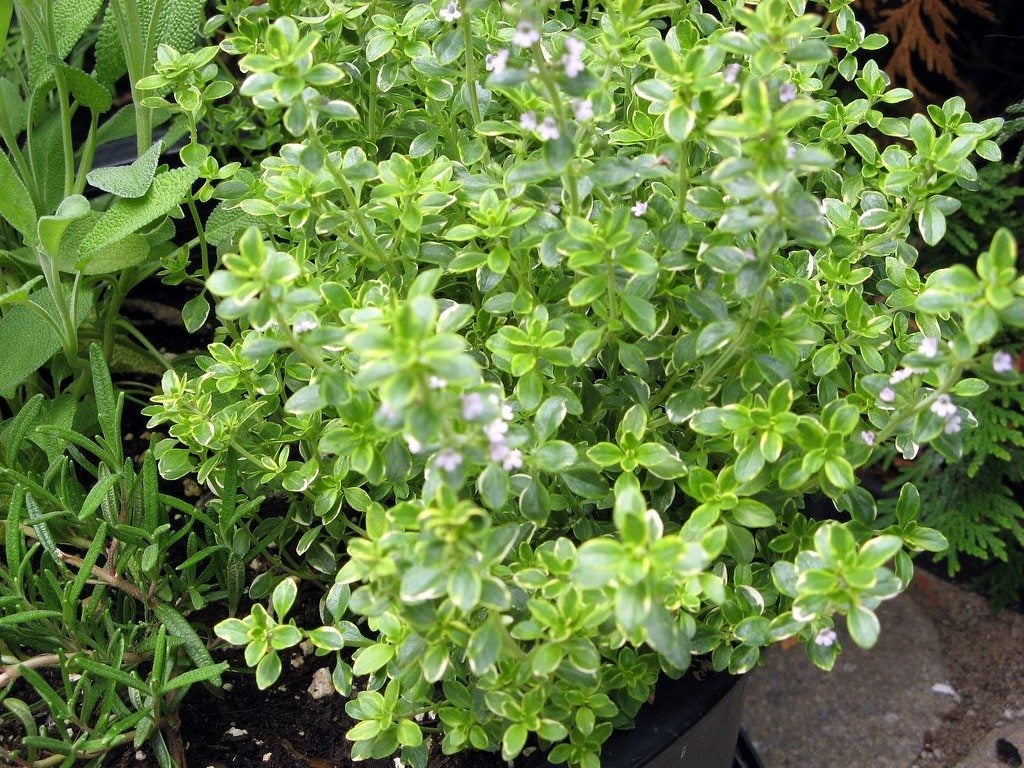 Lemon Thyme Herbs: How To Grow Lemon Thyme Plants
Lemon Thyme Herbs: How To Grow Lemon Thyme PlantsLemon thyme plants are a lovely addition to an herb garden, rock garden or border or as container plants. Grown not only for its culinary uses but for its attractive foliage, lemon thyme info can be found here.
By Amy Grant
-
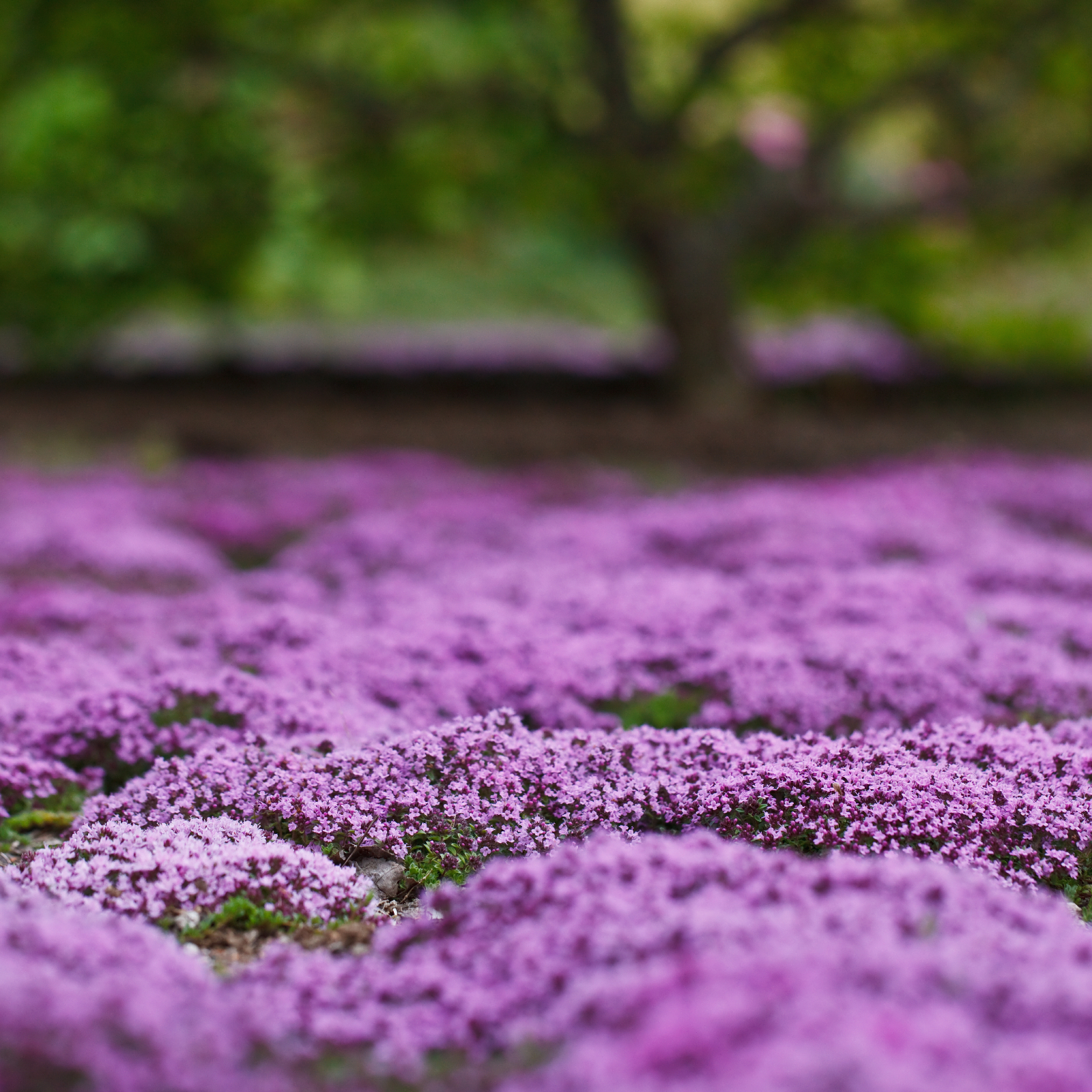 Creeping Thyme Growing Guide – Everything You Need To Know
Creeping Thyme Growing Guide – Everything You Need To KnowCreeping thyme makes a pretty and fragrant ground cover carpet, as well as a great spiller in pots. It likes a little grit in the soil and is easy to grow.
By Amy Grant
-
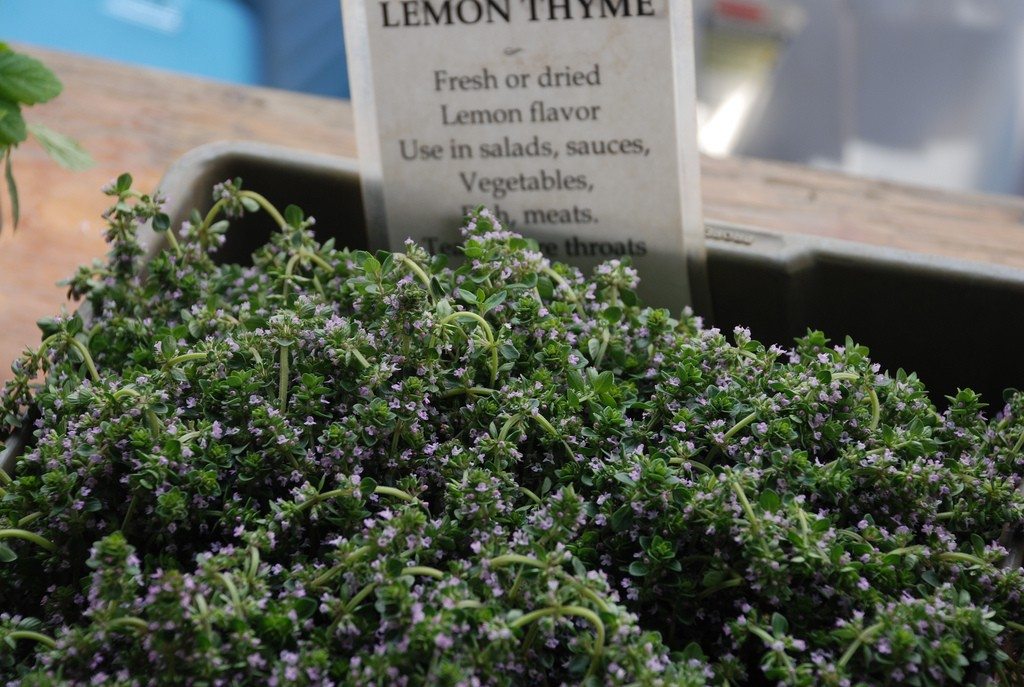 Types Of Thyme Plants: Varieties Of Thyme For The Garden
Types Of Thyme Plants: Varieties Of Thyme For The GardenBy Amy Grant
-
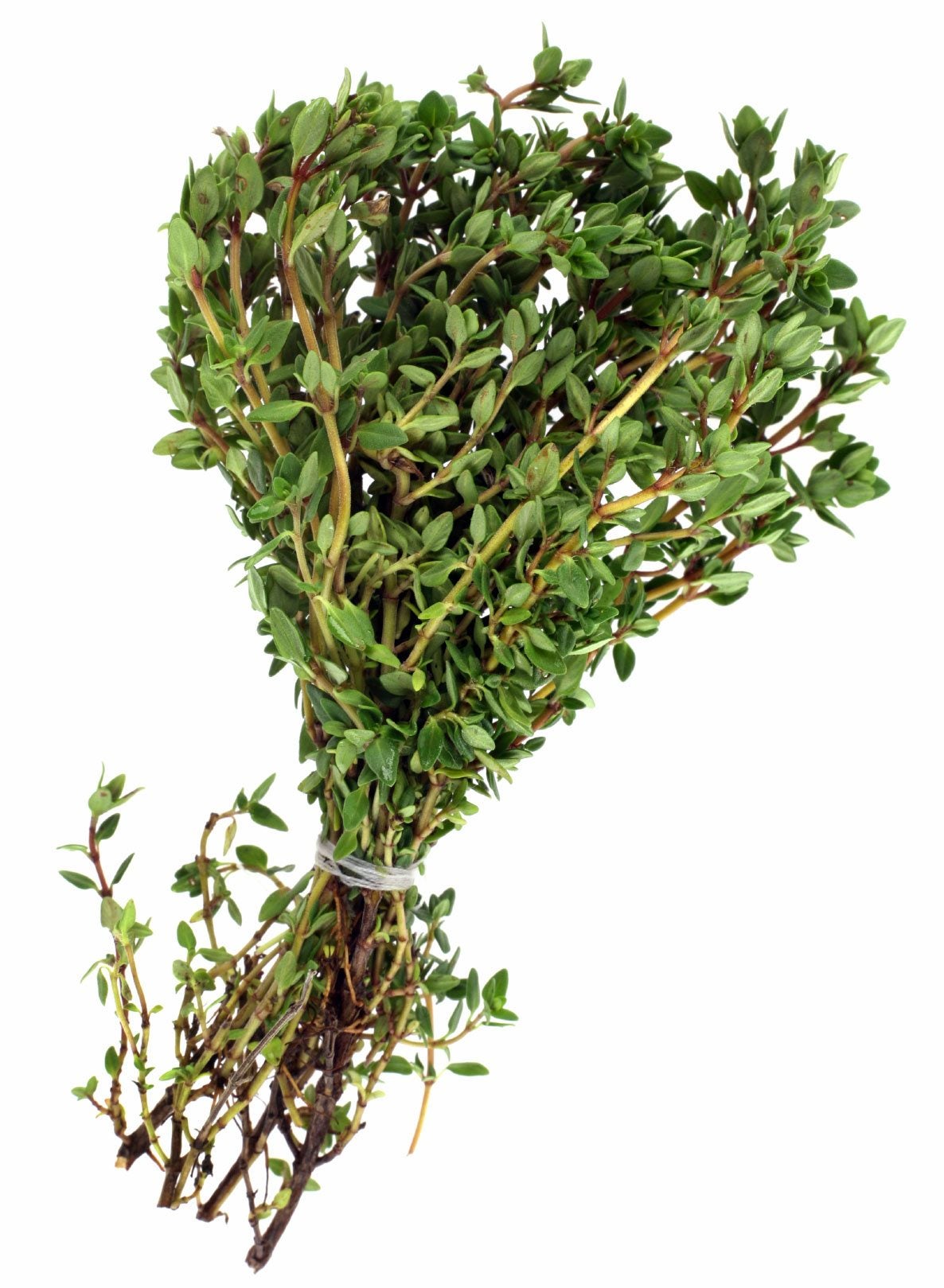 Storing Thyme - Drying Fresh Thyme After Harvesting
Storing Thyme - Drying Fresh Thyme After HarvestingThyme is one of the most versatile herbs, with various cultivars and flavors. Knowing how to dry thyme can help you preserve the delightful scent and flavor of this herb for easy home use. Click here for more.
By Bonnie L. Grant
-
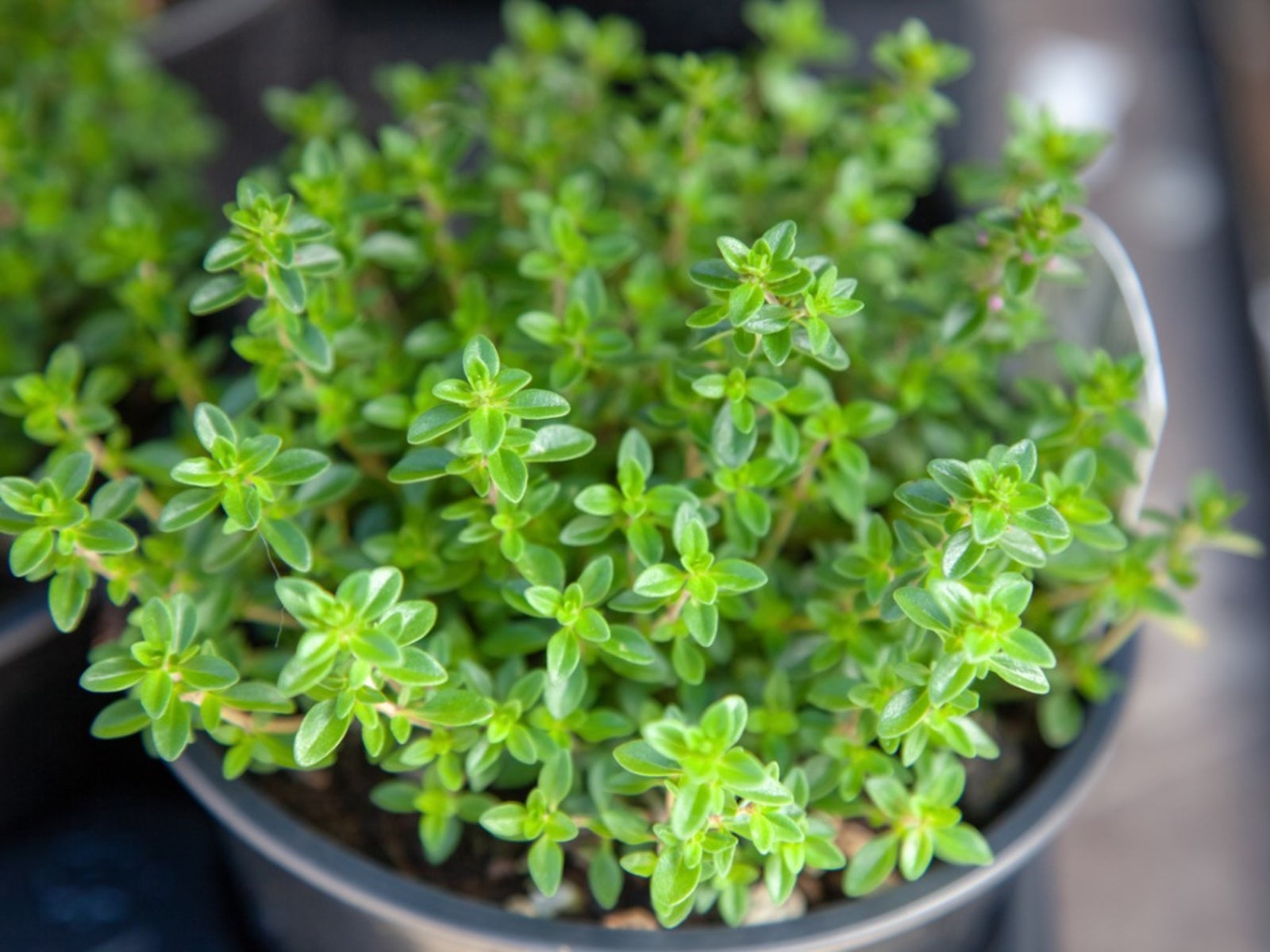 Growing Thyme Indoors: How To Grow Thyme Indoors
Growing Thyme Indoors: How To Grow Thyme IndoorsWhat could be better than having the scents and flavors near to hand in the kitchen? Thyme is a useful herb that can be used in a variety of ways. Growing thyme indoors is easy, and this article will help.
By Bonnie L. Grant